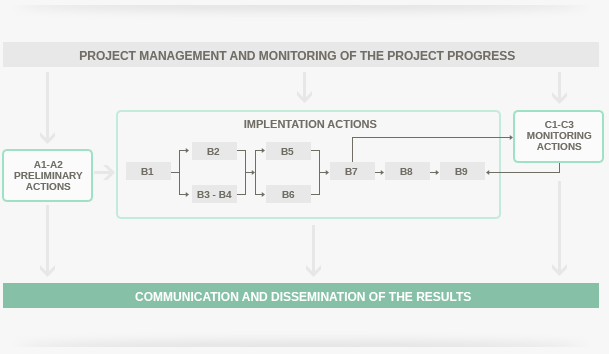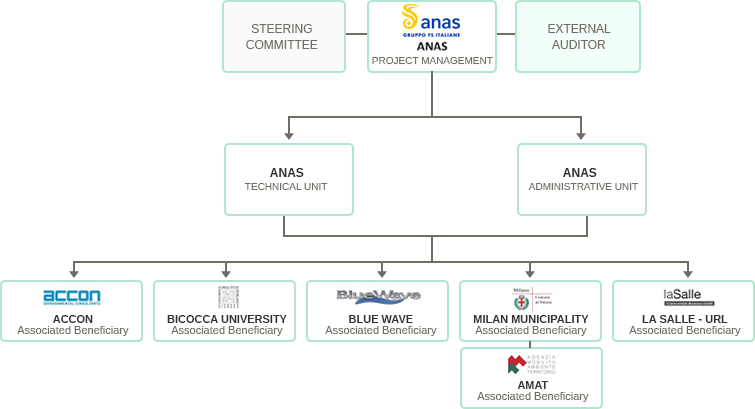The project aims at developing a dynamic noise mapping system able to detect and represent in real time the acoustic impact of road infrastructure. Scope of the project is the European Directive 2002/49/EC (END) relating to the assessment and management of environmental noise. In particular, the project refers to the need for noise maps to be updated every five years, as stated in the END.
The updating of noise maps using a standard approach is time consuming and costly and has a significant impact on the financial statements of the authorities responsible for providing noise maps, such as road administrations and local or central authorities.
To facilitate the updating of noise maps and reduce their economic impact, noise mapping can be automated by developing an integrated system for data acquisition and processing, able to detect and report in real time the acoustic impact of noise sources. The system will be composed of low-cost sensors measuring the sound pressure levels emitted by the noise sources and of a software tool based on a GIS platform for real-time noise maps updating. While this approach seems quite promising in areas where noise sources are well identified, such as those close to main roads, in complex scenarios, such as in agglomerations, further consideration is needed to make the idea feasible.
In this project, two demonstrative systems will be designed and implemented along a major road (the large ring road in Rome, Italy) and in the agglomeration of Milan (Italy) to check and test the feasibility of updating noise maps in real time.






